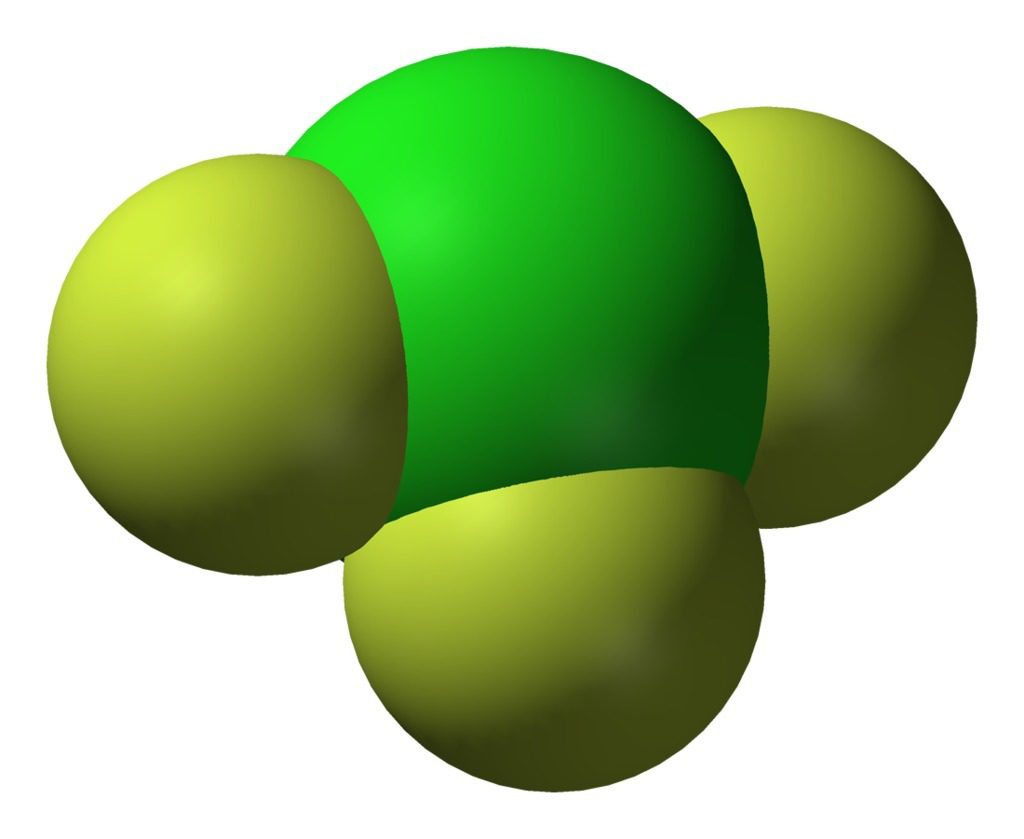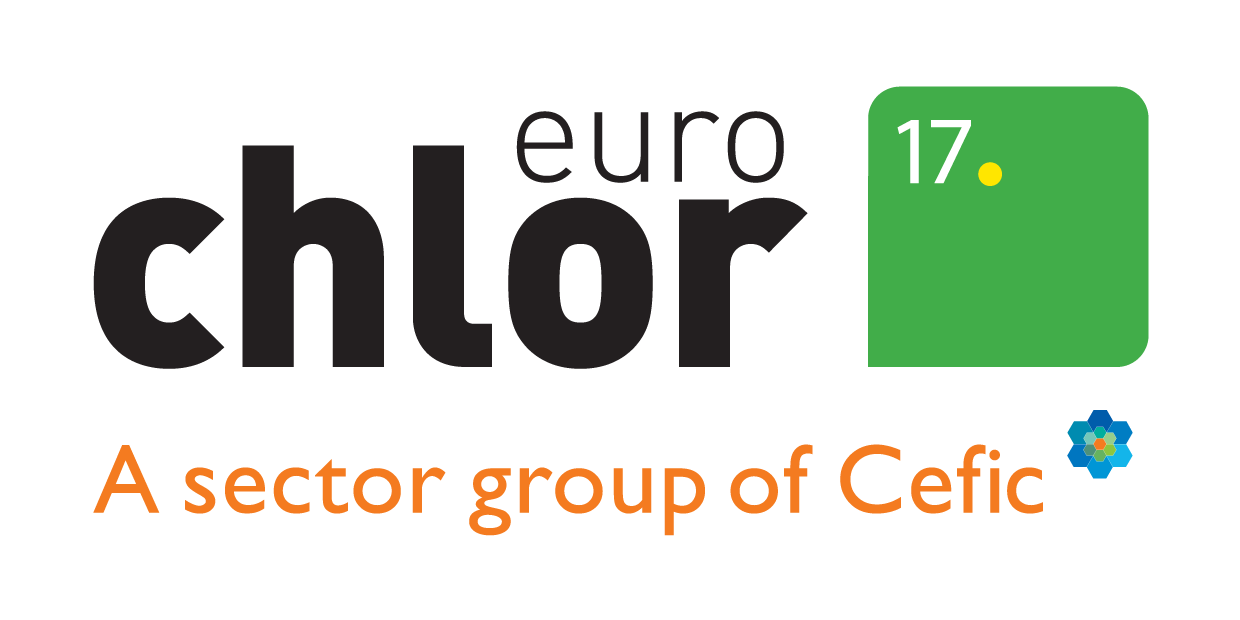Chlorine group expands with new element, number 117
IUPAC (the International Union of Pure and Applied Chemistry) formally verified the new addition as of 30 December 2015 after it was first discovered by Russian and American scientists back in 2010. The element, originally called Ununseptium (Uus), will soon be named by the discoverers before being confirmed by IUPAC and reviewed by the general public.
The element, with an atomic number of 117, sits in the same group as chlorine (group 17 on Mendeleev’s Periodic Table) and is one of four elements which now complete period seven. These four new elements are the first to be added to the periodic table since 2011 when elements 114 and 116 were officially recognised.
It has been formed by placing berkelium-249 in a beam of calcium-48 atoms but as it is completely synthetic, it only has a half-life of a few hundredths of a second. It is however expected to follow similar periodic trends to the other halogens but may be completely different in its properties. At present it is predicted that Uus may form diatomic molecules (such as Cl2 for chlorine) and may have an affinity for forming monohydrides (such as in HCl – hydrochloric acid).
However, from a nuclear physics aspect, it is very important as it is evidence of the ‘island of stability’ theory, first suggested in the 1960s. This theory predicts the existence of some heavier isotopes that temporarily reverse the general trend of decreasing stability (with increasing atomic number) in elements heavier than uranium. This in turn is important as it improves understanding of how atomic nuclei are held together and in turn, how to safely manage their fission in things like nuclear reactors.

